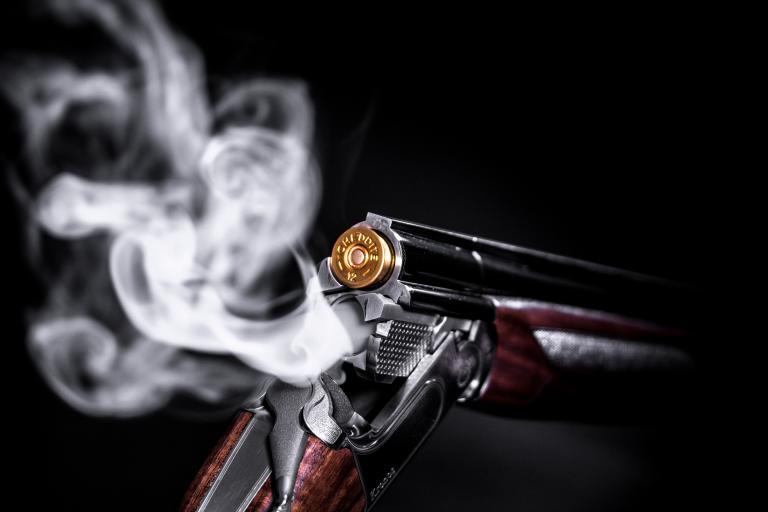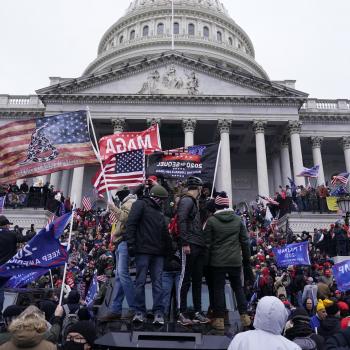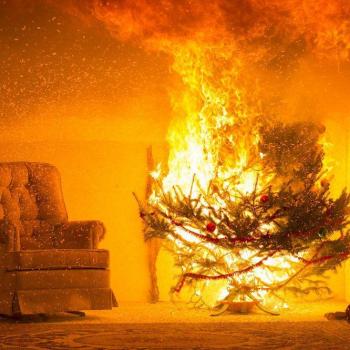Last night, my 8-year-old sat down with an atlas and an open browser and decided where he’s going to live when he grows up (Nashville); where he’s going to college (Vanderbilt); and what he’s going to major in (mechanical engineering and baseball). He wants to invent things and solve global problems. I know he’s little and might change his mind a few dozen times. Then again, maybe not. Either way, he’s got many paths wide open to him, he’s enthusiastic about everything, and any way he goes, it will be fun to watch.
As he excitedly researched his future, I had one of those overwhelming grateful mom moments—at the miracle of this kid, and the utterly confounding wonder that I get to be his mom. Within all that, I also held a deep sadness for a mother in Colorado who had all that taken away from her yesterday. All of her dreams for her child, gone. Any number of imagined futures, vanished on the wind. Another day in America, another kid killed at school.
On a recent trip to Honduras, I visited the ruins of an ancient Mayan culture. I saw the temple, and just outside it, the altar where they used to make human sacrifices to the sun god. Several times a year, they would round up a group of tributes and slaughter them on this stone. They believed that offering up a human life would save them from the scorching rage of their deity, instead yielding rain, crops and abundance. They would intentionally offer up the “best” of the community—the smartest, the strongest, the best athletes—because, as our tour guide noted, what kind of god would want the losers?
That sounds insane to us, right? Totally bonkers. Who would do that??
And yet … in the 20 years since Columbine, there have been 230 school shootings in the United States. Well. 231 now. When we look at those numbers, I don’t know how we can scoff at the insanity of an ancient ritual—that custom is really no crazier than the wealthiest country in the world letting nearly 3,000 kids die by gun violence every year—many of them at school.
Every child killed in a school shooting is a sacrifice to the god of the gun, at the church of the NRA. I’m not talking in metaphor. Our masses of dead children are a literal, actual blood sacrifice. Like the Mayans of Copan, we somehow figure that the death of these children is the price we must pay for our twisted notion of freedom; some capitalist orgy of abundance that can only come to pass when the bounty of this great land is protected by civilian artillery.
It’s nuts. But we keep doing it. Marching the kids off to school like lambs to the slaughter, where their underpaid teachers double as human shields. Where they have a greater chance of dying by violence than in any other country in the developed world.
And still, the guns themselves are protected with religious fervor.
It’s easy enough to blame the NRA. Or the gun manufacturers and investors, or anybody that profits from the industry. We can blame politicians, whose cowardice and fealty to the gun lobby continues to block common-sense legislation that most Americans support. But there’s a hard truth we rarely name:
The Church also plays a role.
“Blood atonement,” or sacrificial atonement, is the idea that Jesus had to die to somehow save us from the wrath of God. This dangerous notion lies at the heart of popular Christianity; and as the Christian narrative has shaped our nation’s culture in many ways, this problematic theology may be found at the root of many of our shared evils. For instance, our attachment to the death penalty, even when all other civilized nations have evolved past the barbaric practice. Or in the idea of corporal punishment, the once popular and still accepted idea that a child might somehow be saved by violent discipline.

Our love of war might be traced back to the same doctrine; our belief that might makes right, and our ability to so often justify force over diplomacy. We can also cite the many-layered issues within our criminal justice system, one that is rooted more in retribution than restoration. Within all of these greater social issues, we find imbedded the same notion of God as raging tyrant—not a loving, nurturing creator, but a callous deity demanding blood, blood, and more blood … in return for the gift of NOT damning us to eternal hellfire.
When Church has been made comfortable by its place at the center of things, those inside it too rarely question the narratives and images we’ve been given. The Church was meant to exist at the margins, and to challenge the empire. Instead, it has set up shop in the heart of capitalism, adopting the same measures of worth, the same secular parameters of “justice.” But the notion of a punishing God is not entirely biblical, nor is a transactional understanding of atonement. Like many of our misguided western Christian notions, it comes from a surface reading of a few choice scriptures, taken out of context of the wider gospel. It is not a true reporting on who God is; nor of who we are meant to be.
But we keep coming back to this altar. Believing somehow that the cost of freedom is more blood, more death. If we can’t see how twisted that is, or how closely linked our backward theology is to our violent wreck of a social system, then we need to go back to the beginning of something and start over.
Of course, it’s not that easy. We can’t go back. There is no unwinding this carnage; no gifting the babies killed in American classrooms back to their broken parents. There is no worthy apology.
But maybe there can be atonement.
As in so many other instances where the Church has done great harm, the Church also has power to do great healing and transformation. In fact, we have a responsibility to do so. To dig deeper, to ask harder questions; to live for complicated relationships and not easy answers. We are called to put our faith to work around advocacy and action; organizing for change that will reduce guns from their idol status to the inanimate objects that they are. The Christian community has not historically shown up for this fight. As people who claim to follow a revolutionary nonviolent savior, it’s time to change that. But first, we’ll have to reclaim a nonviolent gospel.
The sins of the past cannot be undone, but maybe atonement is possible. Once we learn that true restoration, and the true love of God, comes not with more blood—but with much, much less.












